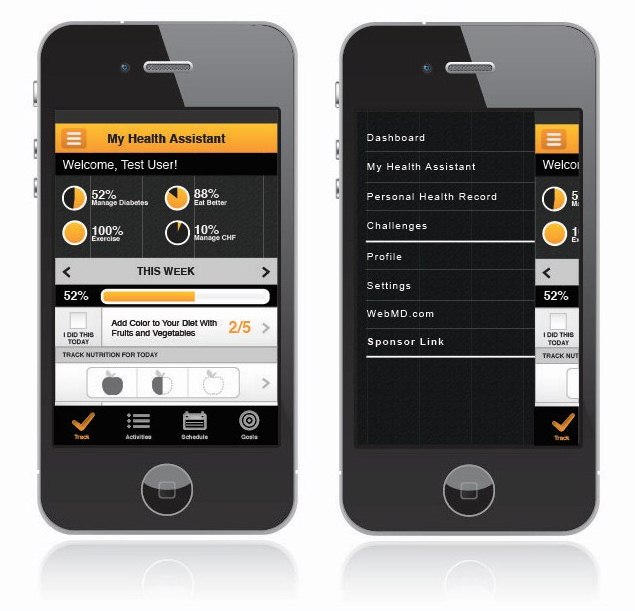If you think about it from a user-engagement perspective, mobile health (mHealth) makes total sense. Most wellness activities take place when people are not near a computer – for example, when they’re walking the dog, playing a sport, eating a healthy snack, meditating, etc. Asking them to record their activity after returning to the office or home seems like a tall order – plenty of distractions like e-mails and children await! On the other hand, if people are able to record wellness activities while “in the moment,” there is a much higher likelihood for engagement. Mobile technology makes this possible.
I’ve been blogging about the mHealth space lately (see The Importance of “Triggers” in Corporate Wellness Programs and Engaging Mobile Design for Health Resources). Now, as we launch our new Mobile My Health Assistant app, this is a good time to analyze what mobile health applications should do.
What should mobile health apps include?
Many mobile health applications provide access to a wide range of features found in the desktop version. However, due to the limited real estate on mobile phones, designers need to be very careful about what is included. An effective approach focuses on high-frequency interactions, such as:
- Reviewing wellness goals and activities for the week
- Tracking weekly activities
- Tracking biometrics (weight, blood pressure, blood glucose, etc.)
- Assessing progress toward goals and targets, with visual feedback such as progress bars and congratulatory messaging
- Adding/deleting activities
An optimal user experience includes strong links between the desktop and mobile versions of the health app. All data must be consistent across the two channels, and the same user ID and password combinations should be used. And if the desktop version of the health application is available in other languages, such as Spanish, the mobile version should be, too.

We’re just getting started with the Mobile My Health Assistant app. Given its importance as a highly engaging behavior change tool, look for us to continually enhance and improve it as technologies evolve and people’s needs change.

